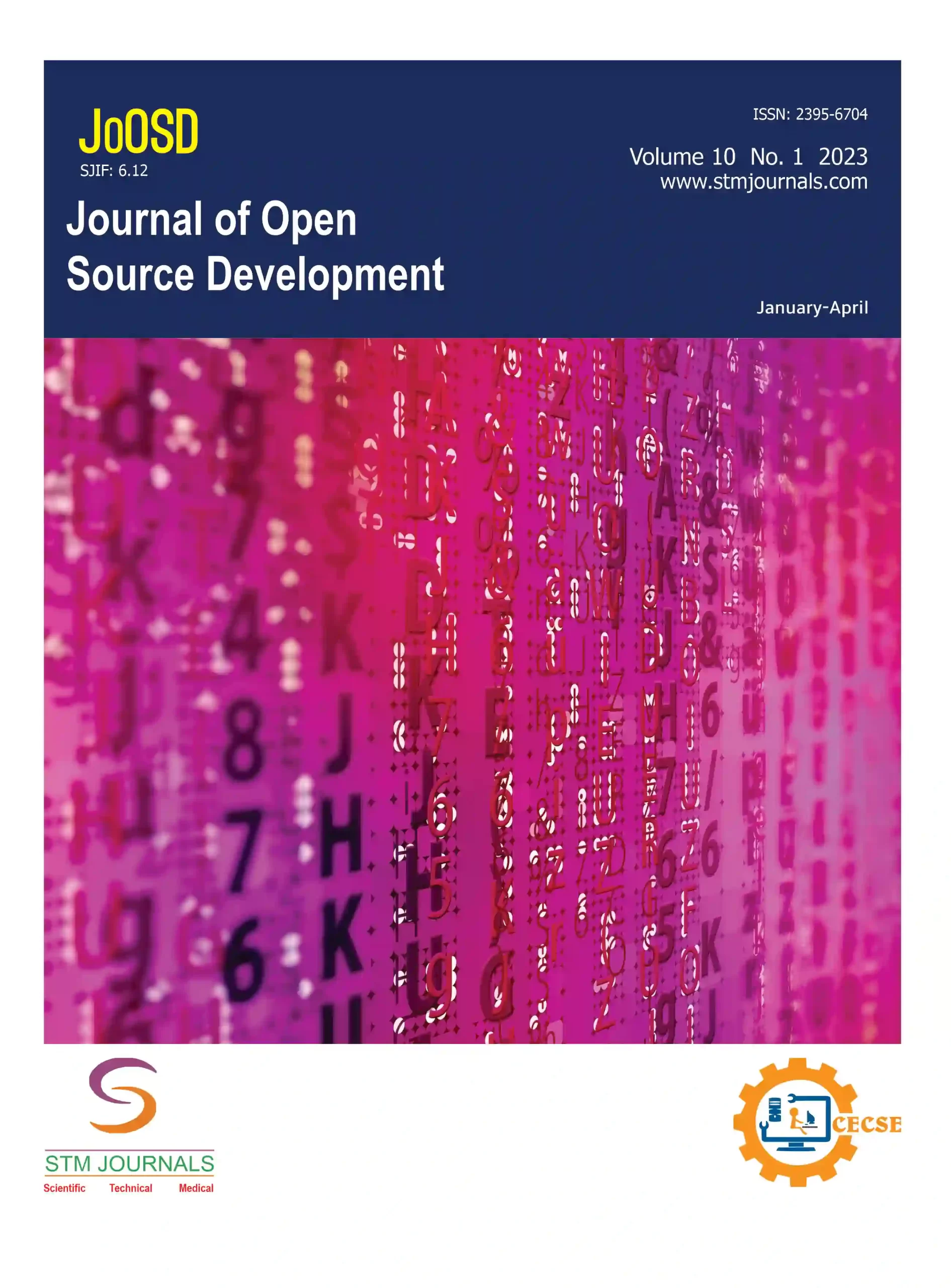Open Access

Maahi Khemchandani

Kunal Junghare

Sahil Bote

Pinkesh Mohe
- Assistant Professor Department of Information Technology, Saraswati College of Engineering Kharghar Maharashtra India
- Student Department of Information Technology, Saraswati College of Engineering Kharghar Maharashtra India
Abstract
These days, PC vision has arrived at its pinnacle, where a PC can recognize its proprietor utilizing a straightforward program of picture handling. In this advanced stage, people are incorporating this vision into various aspects of daily life, such as face recognition, color identification, automatic vehicles, and so on. In this project, computer vision is used to create an optical mouse and console that uses hand signals. The camera of the PC will peruse the picture of various signals performed by an individual’s hand and as indicated by the development of the motions the mouse or the cursor of the PC will move, even perform both ways click, utilizing various signals. Essentially, the console capacities might be utilized for a variety of signals, signals, such as utilizing one finger motion for letter set select and four-figure motion to swipe left and right. It will go about as a virtual mouse and console with no wire or outside gadgets. The main equipment part of the undertaking is a webcam, and the coding is done on python, utilizing Anaconda stage. Here, the convex frame deserts are first created, and then a calculation is created using the deformity estimations, and the mouse and console capacities are planned with the imperfections.
Keywords: Computer vision, OpenCV, AI virtual mouse, AI virtual keyboard, webcam
[This article belongs to Journal of Open Source Developments(joosd)]
Browse Figures
References
1. Desale Rakesh D, Ahire Vandana S. A Study on Wearable Gestural Interface–A Sixth Sense Technology. IOSR Journal of Computer Engineering (IOSR-JCE). 2013; 10(5): 10–16.
2. Sadhana Rao S. Sixth Sense Technology. Proceedings of the International Conference on Communication and Computational Intelligence. 2010; 336–339.
3. Christy A, Vaithyasubramanian S, Mary VA, Naveen Renold J. Artificial intelligence based automatic decelerating vehicle control system to avoid misfortunes. International Journal of Advanced Trends in Computer Science and Engineering (IJATCSE). 2019; 8(6): 3129–3134.
4. Gandhi GM, Salvi. Artificial Intelligence Integrated Blockchain for Training Autonomou Cars. 2019 5th International Conference on Science Technology Engineering and Mathematics (ICONSTEM), Chennai, India. 2019; 157–161.
5. Jesudoss A, Subramaniam NP. EAM: Architecting Efficient Authentication Model for Internet Security using Image-Based One Time Password Technique. Indian J Sci Technol. 2016 Feb; 9(7): 1–6.
6. Praveena MDA, Eriki MK, Enjam DT. Implementation of smart attendance monitoring using open-CV and python. J Comput Theor Nanosci. 2019 Aug; 16(8): 3290–3295.
7. Roobini MS, Lakshmi M. Classification of Diabetes Mellitus using Soft Computing and Machine Learning Techniques. International Journal of Innovative Technology and Exploring Engineering (IJITEE). 2019; 8(6S4): 1541–1545.
8. Game PM, Mahajan AR. A gestural user interface to Interact with computer system. Int J Sci Technol (IJSAT). 2011 Jan–Mar; II(I): 018–027.
9. Arashdeep Kaur. Virtual Switching Panel by Detecting Position and Color of Object. Int J Latest Trends Eng Technol. 7(4): 55–62.
10. Siddiqui Mohammad F, Darade Milind M. Failures in Construction: Types and Causes and Its Assessment. Imp J Interdiscip Res (IJIR). 2017; 3(4): 878–881.

Journal of Open Source Developments
| Volume | 9 |
| Issue | 1 |
| Received | May 12, 2022 |
| Accepted | May 20, 2022 |
| Published | January 20, 2023 |

